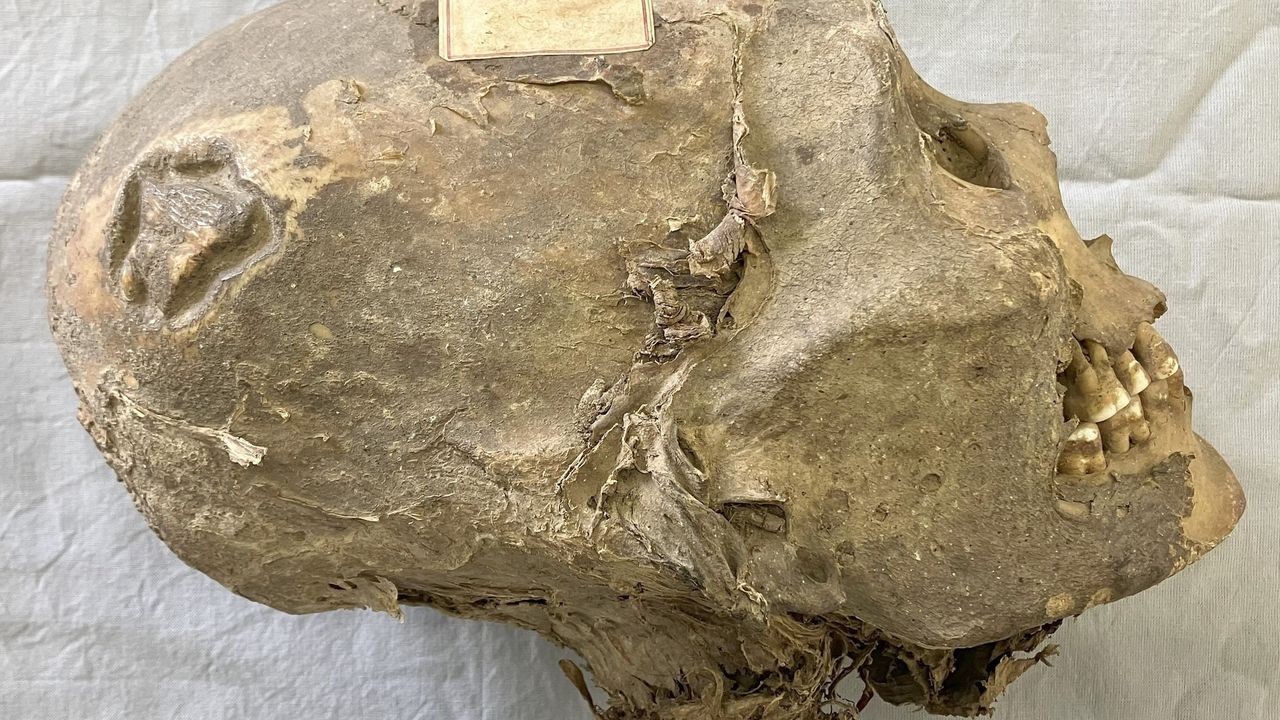
genesiustimes.com
Democrats urge the ‘Stupid, inbred, racist, Nazi Republicans’ to tone down the rhetoric
WASHINGTON, DC—In the wake of the shocking assassination of conservative commentator Charlie Kirk, Democratic leaders have issued a heartfelt plea to the Republican Party, or as they’ve now officially dubbed them, the “Stupid, Inbred, Racist Nazi Republicans,” to consider turning down the volume on their rhetoric. The request comes as the nation grapples with yet another tragedy conveniently framed to score political points.
Representative Jasmine Crockett (D-TX), speaking from a podium adorned with tasteful rainbow pins, called the assassination “a tragic but entirely predictable outcome of the GOP’s unhinged, hate-filled bile.” She urged Republicans to “maybe try reading a book or two before they open their stupid, Nazi mouths again.” Senate Majority Leader Chuck Schumer echoed the sentiment, adding, “We’re not saying they have to stop being deplorable fascists. Just, you know, do it quieter.”
The assassination, carried out by a lone gunman whose manifesto cited “general annoyance” with Kirk’s Twitter presence, has sparked a national conversation about political discourse. Democrats, seizing the moment, have pointed to the incident as proof that Republican rhetoric—described by Rep. Alexandria Ocasio-Cortez as “a dog whistle for violence, but like, a really loud dog whistle”—is directly responsible for the nation’s woes. “If they could just stop being so… violent in their words,” AOC mused, “maybe Democrats wouldn’t get so violent with their actions.”
Meanwhile, Republican leaders have responded with characteristic restraint. Senator Ted Cruz, stroking his beard thoughtfully, called the Democrats’ statement “a disgusting attempt to politicize a tragedy, which we would never do.” Cruz then promptly tweeted a meme comparing Pelosi to a Sith Lord, captioned, “Who’s the REAL Nazi?” The post has since garnered 1.2 million likes and a cease-and-desist letter from Lucasfilm.
Political analysts are divided on the Democrats’ strategy. Dr. Evelyn Hart, a professor of political science at Georgetown, noted, “Calling half the country ‘stupid, inbred, racist Nazis’ is a bold move. It’s not exactly de-escalatory, but it’s got pizzazz.” Others, like conservative commentator Ben Shapiro, dismissed the plea as “typical leftist hypocrisy,” arguing that “if anyone’s rhetoric is violent, it’s the people calling us Nazis while we’re just trying to enjoy our AR-15s in peace.”
As the nation mourns, both sides have vowed to honor Kirk’s memory in their own way: Democrats by pushing for stricter gun control and Republicans by selling limited-edition “Charlie Kirk Freedom Eagle” NFTs. In a rare moment of unity, both parties agreed that the other side is definitely, absolutely, 100% to blame.
The post Democrats urge the ‘Stupid, inbred, racist, Nazi Republicans’ to tone down the rhetoric appeared first on Genesius Times.












